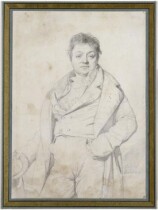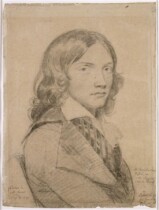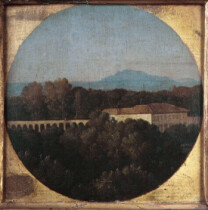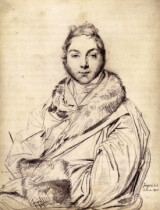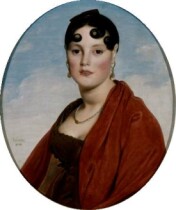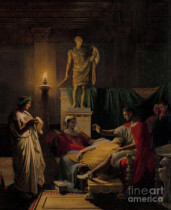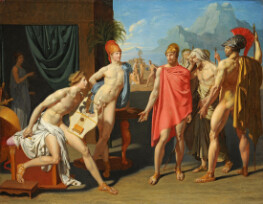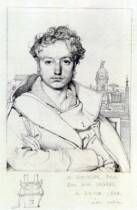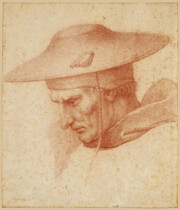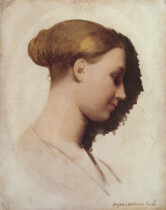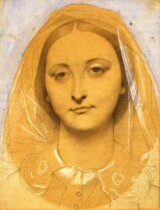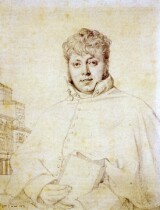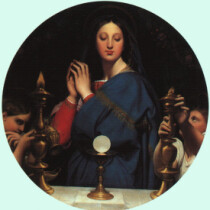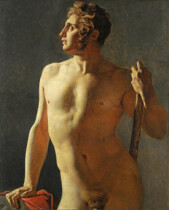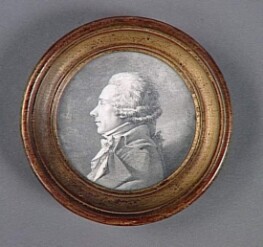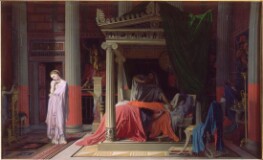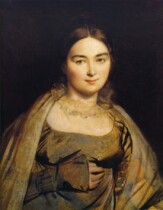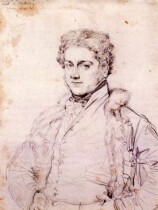Self-Portrait - Jean Auguste Dominique Ingres
Born: 29 August 1780; Montauban , France in terms of modern geography
Death: 14 January 1867; Paris , France in terms of modern geography
Active years: 1800 - 1867
Nationality: French
Art Form: Painting , Decorative Arts
Art Movement: Neoclassicism , Orientalism
Style: Neoclassicism, Orientalism, Romanticism, Neoclassicism
Influenced by: Nicolas Poussin
Influenced on: Edgar Degas, Lalla Essaydi, Paul Gauguin, Tamara de Lempicka, Henri Matisse, Pablo Picasso, Pierre-Auguste Renoir, Lionel Noel Royer, Mark Ryden
Art institution: Académie des Beaux-Arts, Paris, France , École des Beaux-Arts, Paris, France
Teachers: Jacques-Louis David
Wikipedia article:
en.wikipedia.org/wiki/Jean_Aug... ![]()
